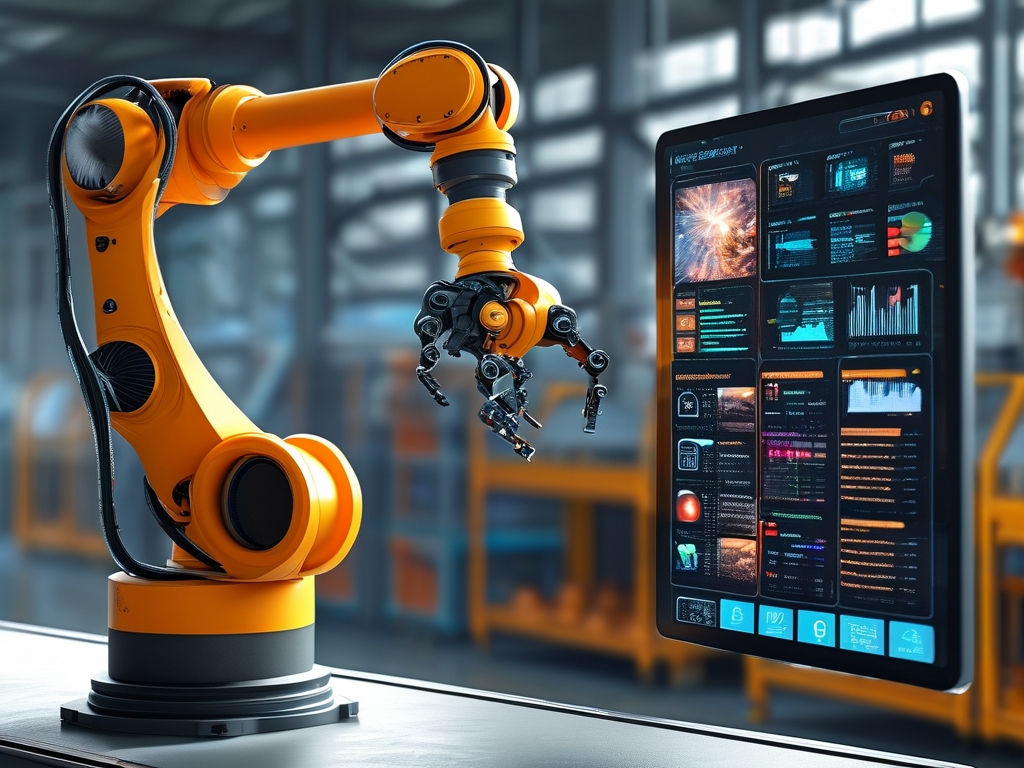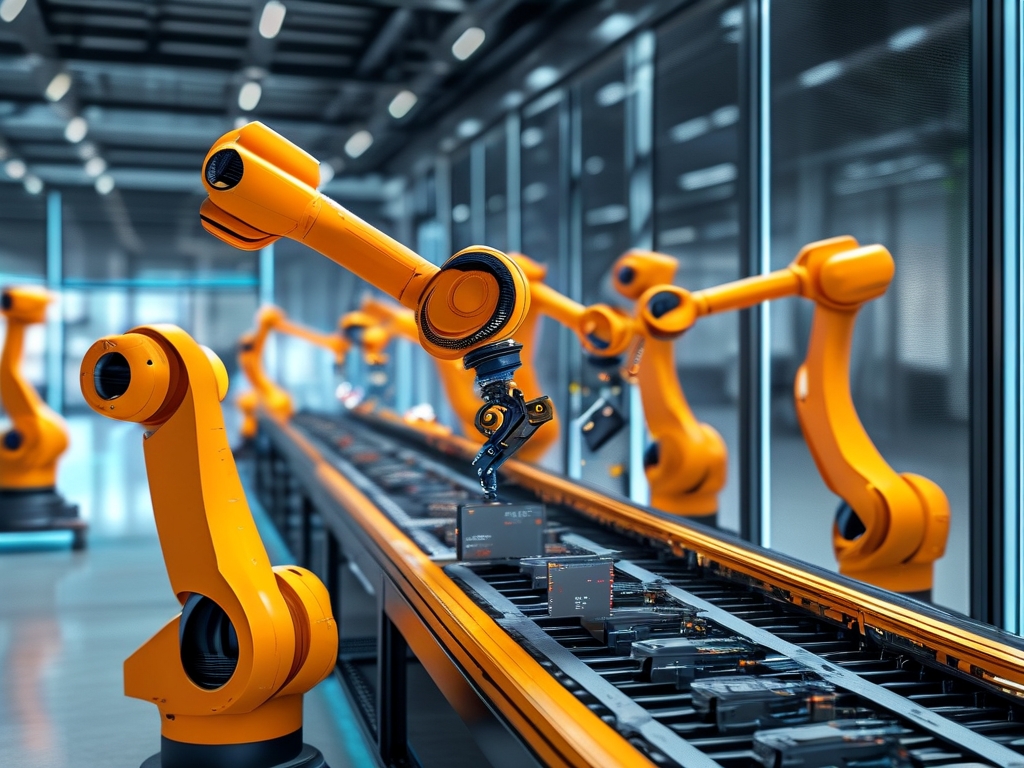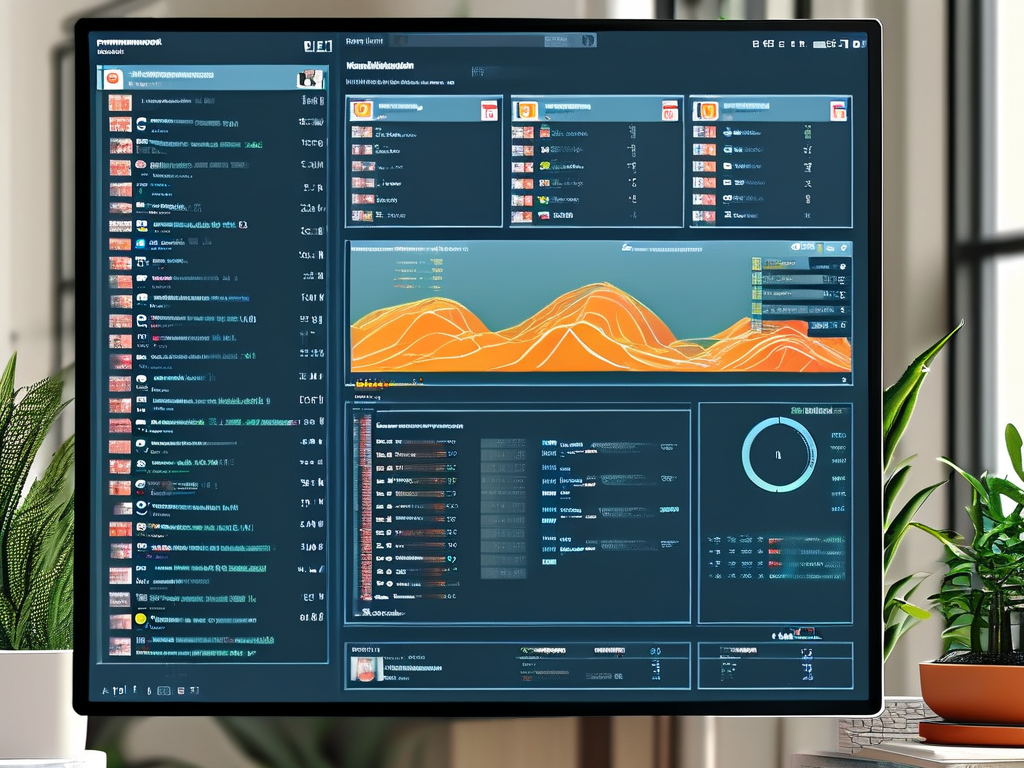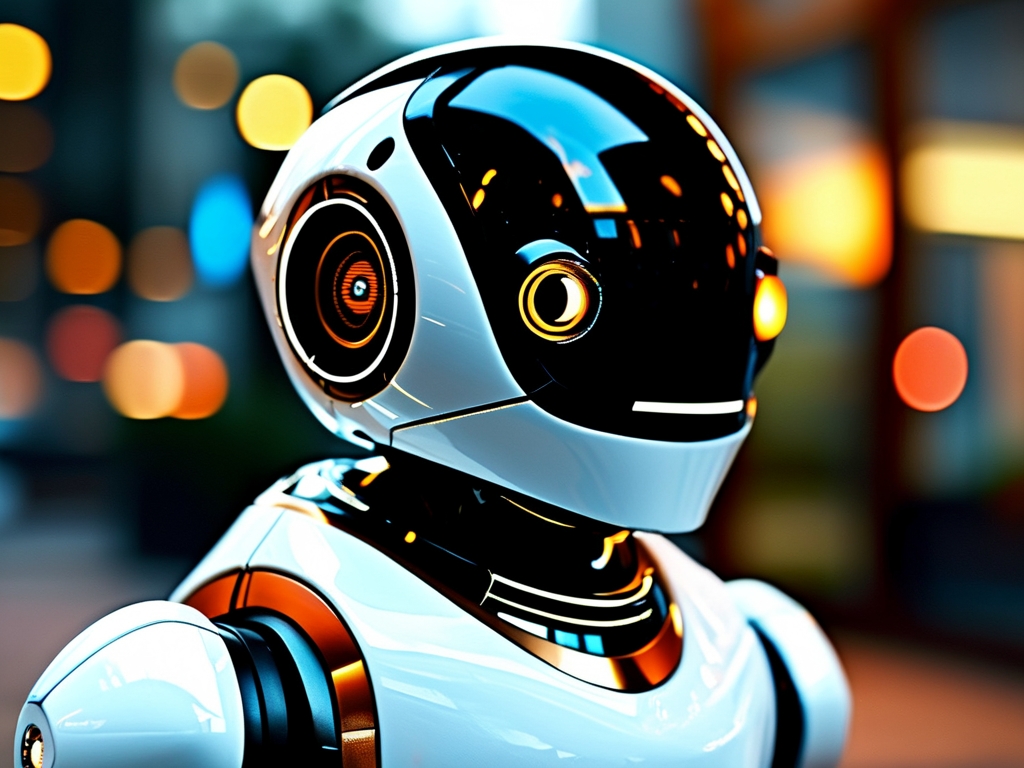In today’s fast-paced digital landscape, organizations are increasingly turning to intelligent automation deployment solutions to streamline workflows, reduce operational costs, and enhance scalability. As businesses embrace cloud-native architectures, microservices, and DevOps practices, the demand for smarter, adaptive deployment frameworks has never been greater. This article explores the transformative potential of intelligent automation in deployment strategies, its core components, real-world applications, and future trends.
The Rise of Intelligent Automation in Deployment
Traditional deployment processes often rely on manual interventions, script-based workflows, and rigid pipelines. While these methods served their purpose in simpler IT environments, they struggle to keep pace with modern demands for agility and resilience. Intelligent automation introduces artificial intelligence (AI), machine learning (ML), and predictive analytics into deployment pipelines, enabling systems to self-optimize, self-heal, and adapt to dynamic conditions.
Key drivers behind this shift include:
- Complexity of Hybrid Environments: Enterprises now operate across multi-cloud, on-premises, and edge infrastructures, requiring unified yet flexible deployment mechanisms.
- Need for Speed: Continuous integration/continuous deployment (CI/CD) pipelines demand near-instantaneous feedback loops and error resolution.
- Cost Efficiency: Automating repetitive tasks reduces human error and frees teams to focus on innovation.
Core Components of Intelligent Automation Deployment
An effective intelligent automation deployment framework integrates several advanced technologies:

-
AI-Driven Orchestration:
AI algorithms analyze historical deployment data to predict bottlenecks, optimize resource allocation, and prioritize tasks. For example, ML models can forecast server load spikes and pre-scale resources to prevent downtime. -
Self-Healing Systems:
By embedding anomaly detection and automated remediation, systems can identify failures (e.g., container crashes, network latency) and execute corrective actions without human intervention. Tools like Kubernetes’ auto-scaling and Istio’s service mesh exemplify this capability. -
Predictive Analytics:
Real-time data from logs, metrics, and user behavior informs deployment decisions. Predictive analytics can flag potential compliance violations or security risks before deployment proceeds. -
Low-Code/No-Code Interfaces:
Democratizing deployment automation, these platforms allow non-technical stakeholders to configure workflows via visual dashboards, reducing dependency on specialized DevOps teams.
Real-World Applications
Intelligent automation is reshaping deployment across industries:

-
Cloud-Native Development:
Companies like Netflix and Spotify use AI-powered deployment tools to manage thousands of microservices. Their systems automatically roll back faulty updates and A/B test features in production. -
Financial Services:
Banks leverage automated deployment to comply with strict regulatory requirements. AI validates code changes against security policies and deploys updates during low-traffic windows. -
Manufacturing IoT:
Factories deploy edge computing updates intelligently, ensuring minimal disruption to assembly lines. Predictive maintenance updates are pushed based on equipment sensor data.
Challenges and Considerations
Despite its benefits, adopting intelligent automation poses challenges:
- Skill Gaps: Teams must upskill to manage AI/ML-driven tools and interpret their outputs.
- Legacy System Integration: Older monolithic applications may resist automation without costly refactoring.
- Security Risks: Automated systems can amplify vulnerabilities if not rigorously tested. Robust governance frameworks are essential.
The Future of Intelligent Deployment
Emerging trends promise to further revolutionize this field:
- Autonomous DevOps: Fully self-managing pipelines that handle coding, testing, and deployment with minimal human oversight.
- Quantum Computing Integration: Quantum algorithms could solve optimization problems in deployment workflows exponentially faster.
- Ethical AI Governance: As automation grows, frameworks for accountability and transparency will become critical.
Intelligent automation deployment is no longer a luxury but a necessity for organizations aiming to thrive in the digital age. By combining AI, predictive analytics, and self-healing mechanisms, businesses can achieve unprecedented efficiency, reliability, and scalability. However, success hinges on strategic planning, continuous learning, and a commitment to ethical innovation. As technology evolves, those who master intelligent deployment will lead the next wave of industrial transformation.






